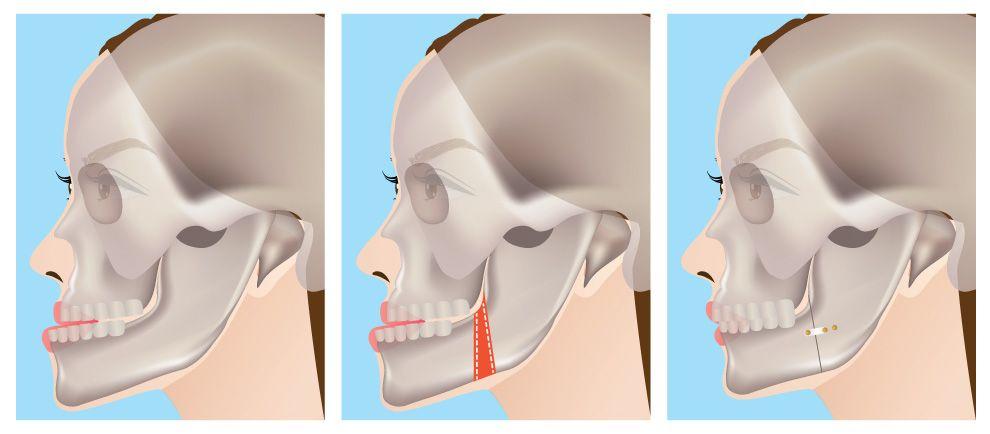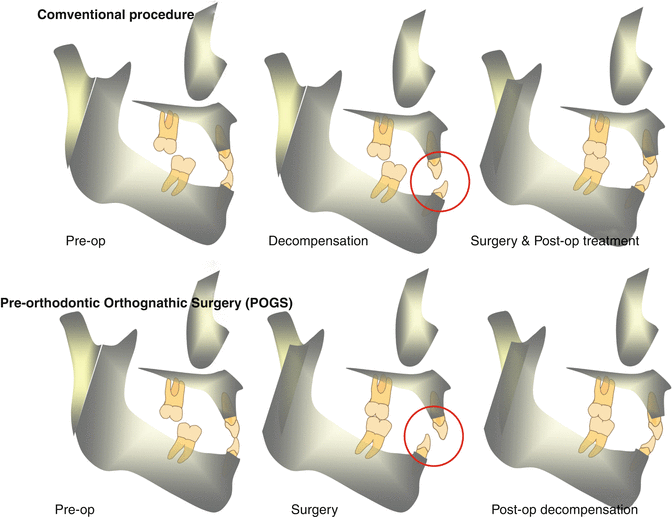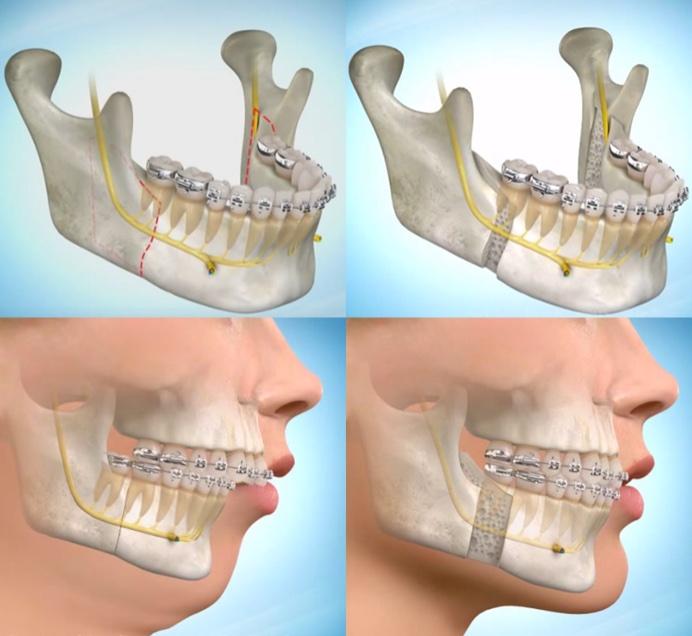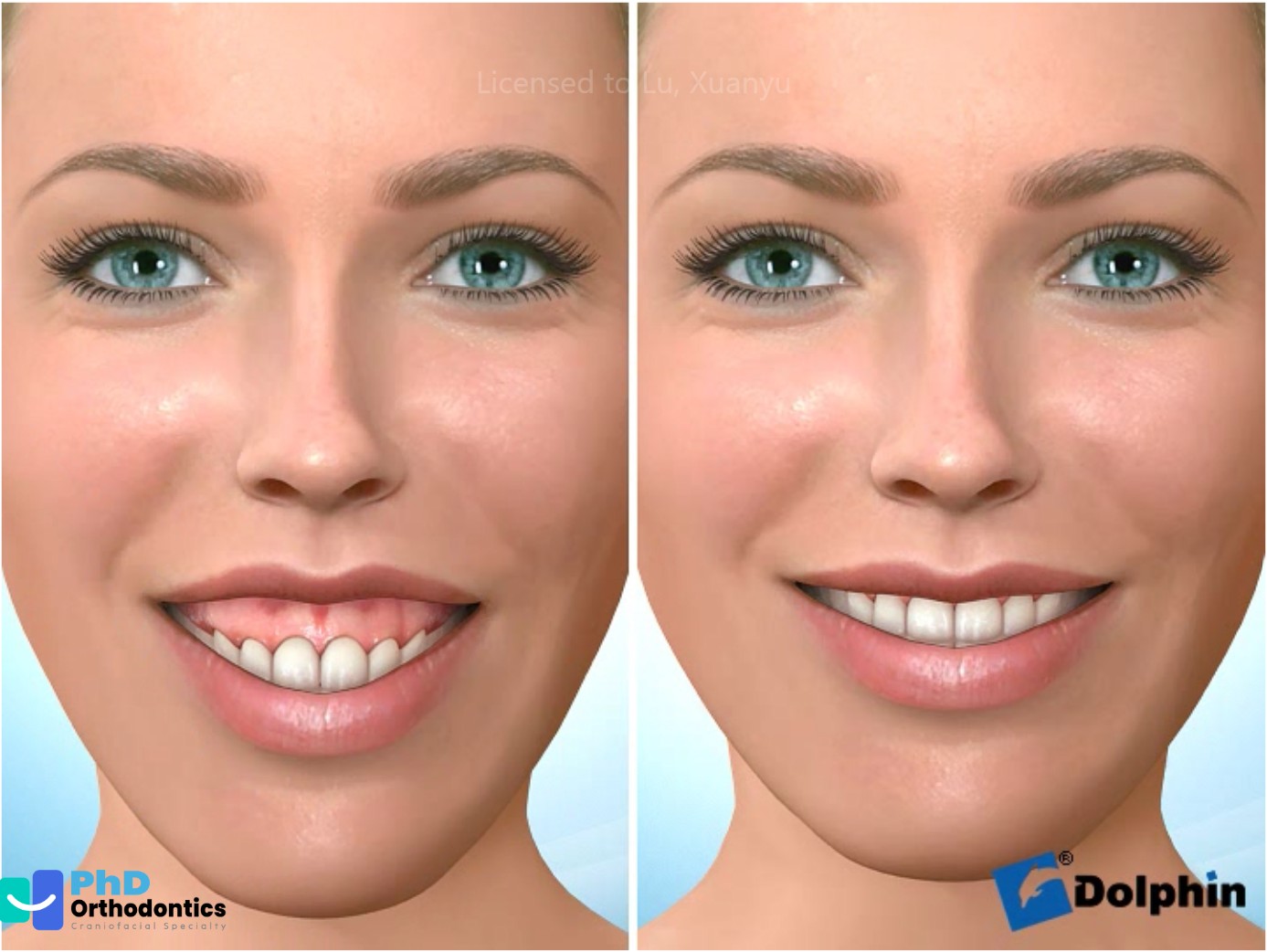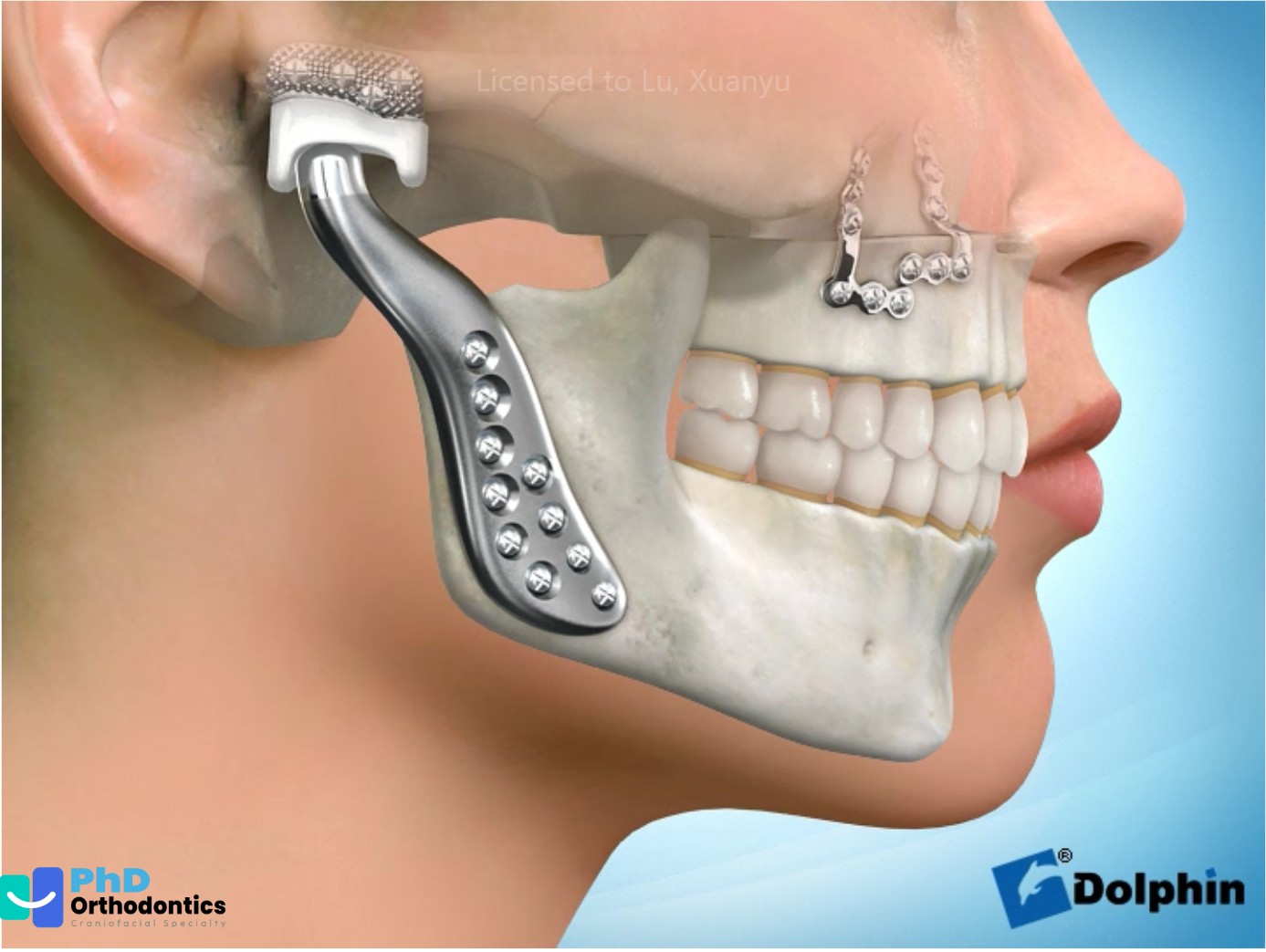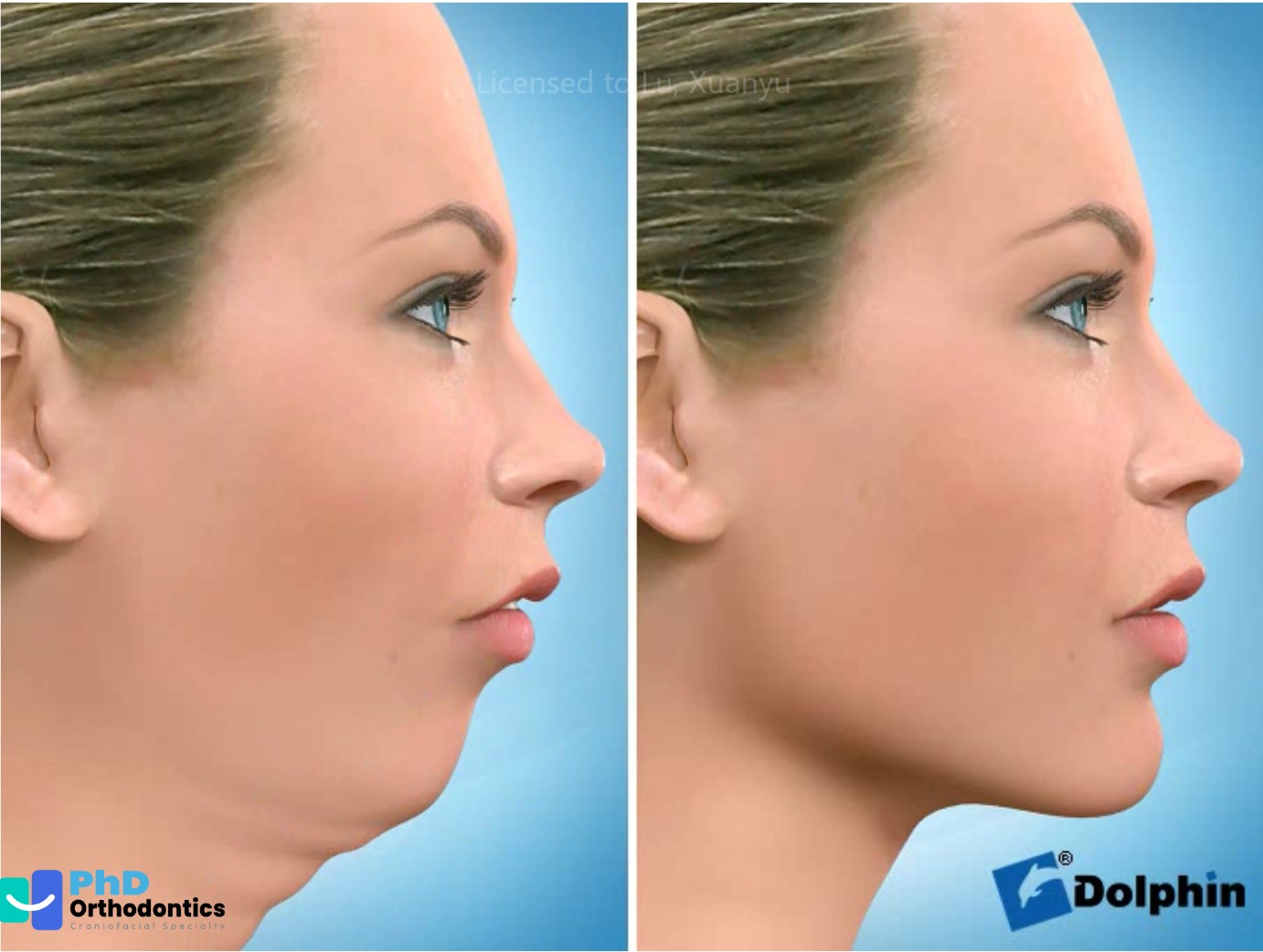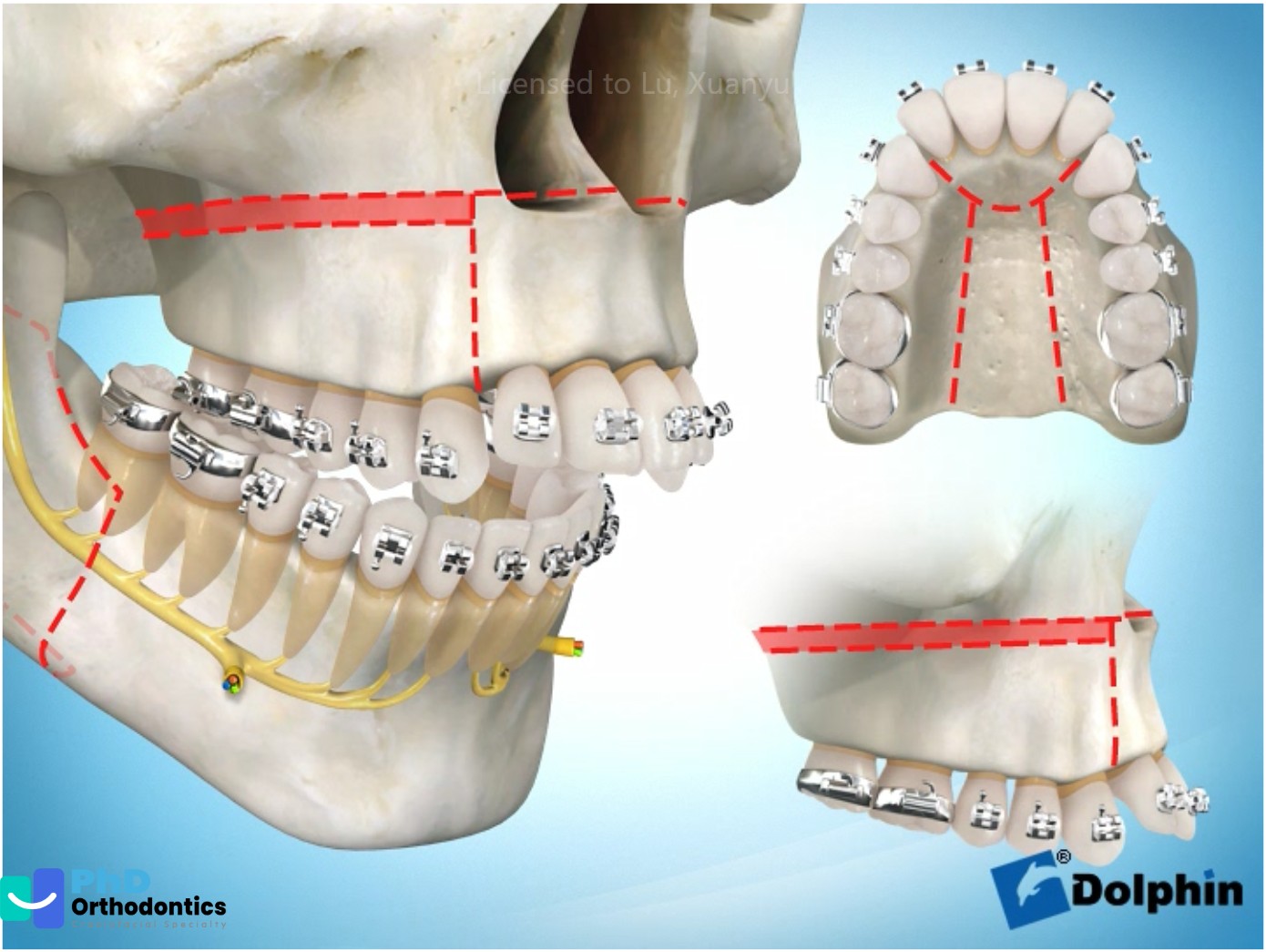Orthodontic Treatment of Impacted Canines
Impacted Canines occur when the canine teeth Fail To Emerge properly due to factors like Lack Of Space, Abnormal Eruption Patterns, or trauma. This can cause bite issues, misalignment, and aesthetic concerns. Diagnosing impacted canines typically involves advanced imaging techniques, such as 3D CBCT scans, which help assess the position of the tooth and create a personalized treatment plan. Early detection is crucial for the best outcomes.
Treatment for impacted canines generally starts with Orthodontic Care, which may involve creating space in the dental arch, aligning surrounding teeth, and using braces or aligners to gradually Guide The Impacted Tooth Into Place. In cases where the tooth is deeply impacted, Surgical Intervention may be necessary to expose the canine, followed by the placement of an orthodontic bracket to move it into the correct position. This combined approach ensures functional and aesthetic improvements, restoring proper bite and smile alignment.



